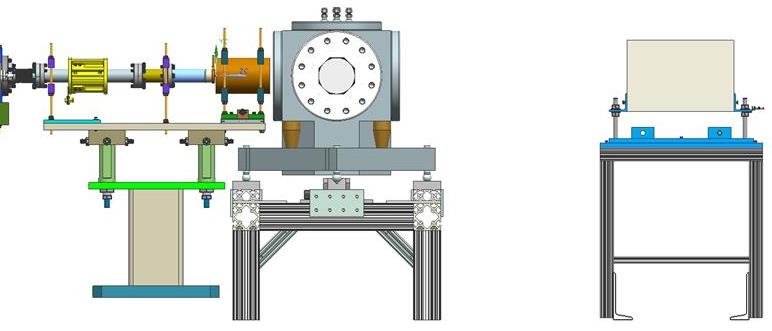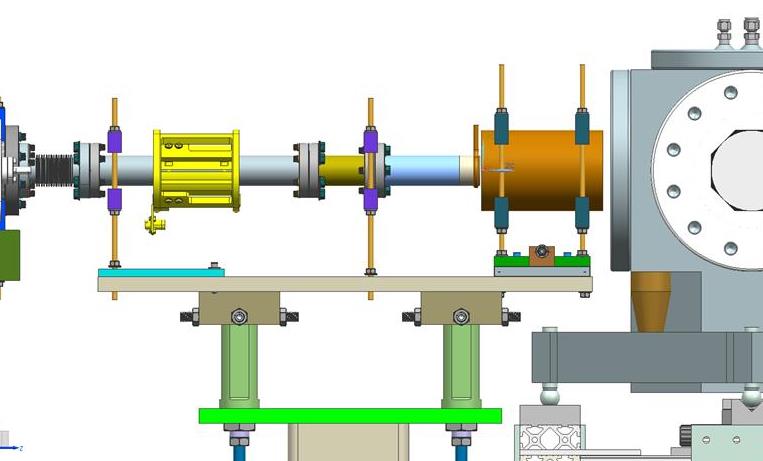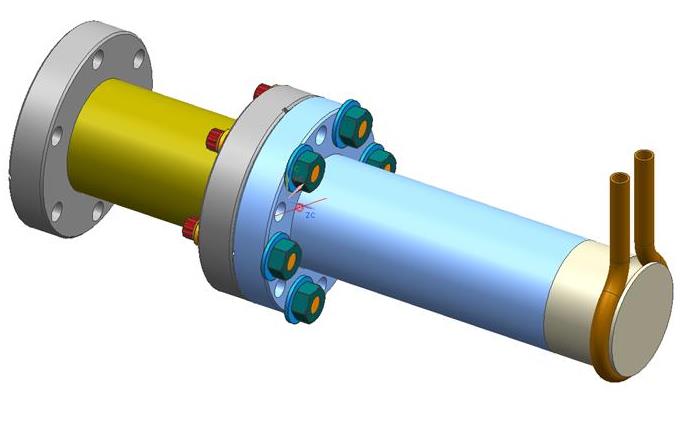Difference between revisions of "Beamline, Radiator and Dump"
Jump to navigation
Jump to search
| Line 4: | Line 4: | ||
= ''' DL Magnet''' = | = ''' DL Magnet''' = | ||
| − | = ''' Drawings''' = | + | = ''' [[Drawings]]''' = |
* The electron beam hitting the radiator will be roughly 0.2 mm diameter. We will allow for 5 mm diameter sweet spot. Using beam position monitors we will know the beam position on the radiator to about 1 mm. | * The electron beam hitting the radiator will be roughly 0.2 mm diameter. We will allow for 5 mm diameter sweet spot. Using beam position monitors we will know the beam position on the radiator to about 1 mm. | ||
Revision as of 10:42, 23 May 2014
Documentation
- Injector Quick Reference media:injector_quick_reference.pdf
DL Magnet
Drawings
- The electron beam hitting the radiator will be roughly 0.2 mm diameter. We will allow for 5 mm diameter sweet spot. Using beam position monitors we will know the beam position on the radiator to about 1 mm.
- This 5 mm diameter and a 10 mm diameter in the center of the bubble chamber will define a cone. This way we can determine the size of the holes in the collimator. This cone extend all the way to the photon dump.
- The table where the radiator and collimator sit will be made of Al and the frame that hold the collimator will be made of Al, too.
- Cu Radiator: media:Bubble_Cu_Radiator.pdf
- Cu Collimator: media:Bubble_Cu_Collimator.pdf
- Al Photon Dump: media:Al_Photon_Dump.pdf
- Questions:
- Is the assumption about the cone fine. Do want the 10 mm diameter be at the center of the bubble chamber or at the end of the chamber entrance collimator.
- Is the 5mm diameter what we want to use?
- Is the size of the photon dump reasonable? Do we need the hole in the photon dump or we can be fine with just a block of Al. Does this whole service any purpose? I thought of it to try to contain any back scattered electrons. Can Argonne make the photon dump?


